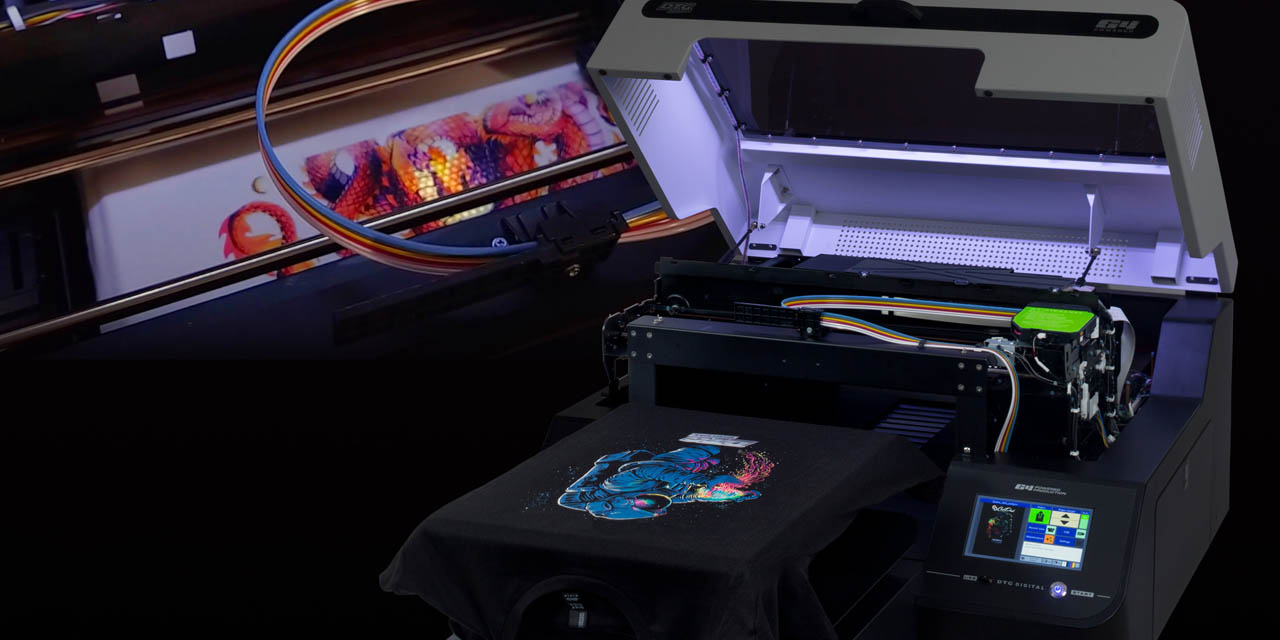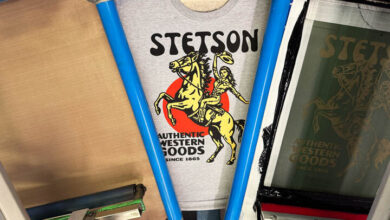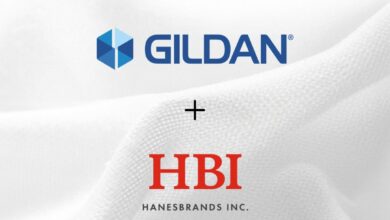Whenever a new decoration technique comes along, the first thing a lot of “experts” in the industry do is proclaim the demise of the last “hot” decoration technique. Sublimation was supposed to kill screen printing. Direct-to-garment (DTG) printing was supposed to knock out sublimation, at least for clothing. Direct-to-film (DTF) printing is now being proclaimed as the “DTG killer” and so on down the line. The reality is that all the techniques that were supposed to be killed off by the one that came next are still thriving, and all still have their place and their utility. That’s not a good story, or good fodder for an article, so you don’t hear that as much. It’s much more fun to pronounce gloom and doom than it is to say “Hey, this new thing has happened, and it probably won’t have much impact on the old things that came before it.” Who’s going to get riled up over that headline?
DTG was once the hot new thing and, back in the day, a lot of people were losing their minds over it. Printing directly on garments! Printing on dark colored garments! White ink! It seemed like a whole new world of printing had opened up. Of course, there were blips along the way. There’s a learning curve with DTG. Shirts had to be pretreated. Ink formulations didn’t always work so well in the beginning, and printers had issues too. As with any new technique, there had to be a few shakedown cruises before the kinks got worked out.
Advances in DTG technology
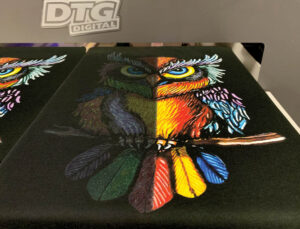
As time has gone on, DTG printing has evolved, and new advancements in technology and ink formulation have occurred. In a press release shared by Printing United Expo, Ricoh Printing Systems of America announced the release of a “cutting-edge direct-to-garment (DTG) printing technology for polyester fabrics.” Kornit Digital is touting a “water-free and pretreatment-free DTG printing solution that reduces waste and pollution” for the eco-friendly and sustainability crowd. There have also been advances in printhead technology and improved drop ejection control, allowing the ink to be placed precisely. These advancements ensure that DTG printing is keeping up with the times and addressing the concerns and needs of those shops that will be using it.
Another way DTG printing is keeping up with the times is through the use of 3D printing. A company called Stratasys, which is an American-Israeli additive manufacturing company, launched a printer in 2024 that 3D prints designs onto denim and other textiles. This technique uses a 3D printer, rather than an inkjet printer, but the print is still going directly onto the garment, which qualifies the technique for the DTG printing category. The company also offers tray kits in two sizes, so those who already own a 3D printer can convert their printer to this sort of printing. 3D DTG printing may have a huge impact on the trend of upcycling garments, decreasing waste and giving garments which would otherwise be discarded a new lease on life.
Another advancement in DTG printing technology and processes as to do with artificial intelligence (AI). While there may be controversy in some spots in the industry about using AI to create art or designs, AI does have other uses when it comes to DTG printing. It can be used in production processes to automate the printing process, predicting when printer maintenance will be needed and order supplies. AI can also be used for quality control, monitoring print quality and managing print color.
DTG printing fills a niche
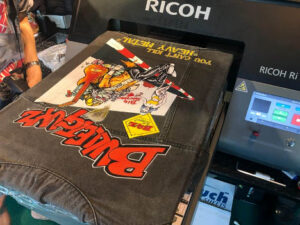
Leaving aside innovations and environmentally-friendly advancements, there are also many traditional reasons why DTG printing has been popular and will remain popular. One reason is that DTG printing is ideal for smaller garment runs. You can create one-offs or small runs of a particular design at a lower cost than screen printing. DTG can also be very useful for rush orders as you can fire up the printer and print off a number of shirts fairly quickly. Virtually every article on DTG ever written, including this one, will mention the relative ease of setup and the fact that it’s relatively cost effective to do smaller runs with DTG, when the same can not be said for other garment decoration disciplines. If your shop does a lot of one-offs or small orders, DTG printing may well be the right decoration technique for you.
Another advantage of DTG printing is the durability of the prints. Now, granted, in order to achieve this durability, shirts need to be pre-treated and cured properly before wearing and washing but, provided that happens and provided washing is done according to fabric care directions, the print should last the life of the garment. The “official” number of washes a DTG print can last is 50, but it’s entirely probable that a print will last longer than that if properly created and properly washed.
Along with durability, DTG prints, done correctly, are also about quality. The prints are high resolution with sharp detail and can be photo realistic. DTG is also a good choice for prints with lots of colors or gradients. Prints done with a DTG printer are also relatively lightweight with very little hand. For some garments, like T-shirts, this can make a great deal of difference. Heavy prints that weigh down the fabric are uncomfortable to wear and often don’t present the nicest finished look.
Of course, when talking about DTG printing and why it’s still relevant, one area not to neglect is ease of set up and the ability to duplicate results. While screen printing is an art form, it’s one that requires a variety of equipment and a knowledge of various inks. There are also things to understand about interactions between various types of ink and various types of fabric (hello, dye migration) and other issues that may occur. While DTG has a learning curve as well, and good printers aren’t exactly inexpensive, once you get the basic procedure down, you’re likely to be able to turn out garments quite quickly and recoup your investment.
We have to talk about the ability to print on dark clothing. That has always been the holy grail for many decorators and, for years, it was only possible with screen printing. The advent of DTG printing put decorating dark garments in the reach of more decorators. While a DTG printer can be a significant investment, and supplies are not inexpensive, DTG is, in some cases, a more affordable option than screen printing. DTG printing is also something that can be relatively mobile, so decorators could theoretically go to sporting events or conventions and print garments on-site. Live event personalization can be a very profitable niche for decorators.
Like any garment decoration technique, DTG printing has evolved since its introduction. When DTG first came out, printers were temperamental and had issues with clogs. Since then, ink formulations have improved, as has printhead technology, which means printing goes more smoothly and has less issues. Pre-treatment formulations and options have gotten better as well. You can also now buy pretreated shirts from some suppliers. While DTG is no longer the new kid on the block, it has by no means been replaced. Like every other garment decoration technique that has come before it, DTG has found its niche and will most likely thrive there for a very long time.
